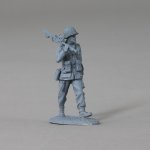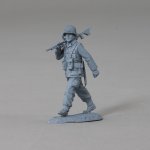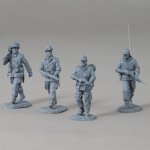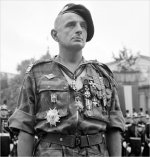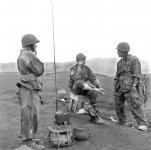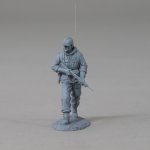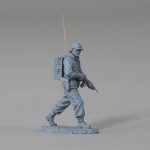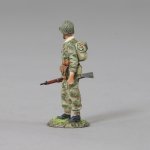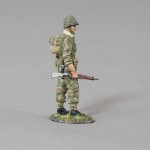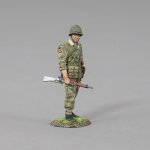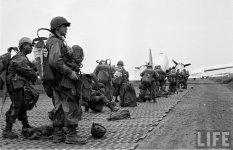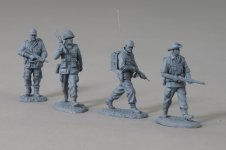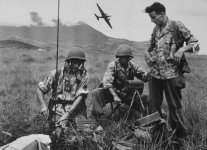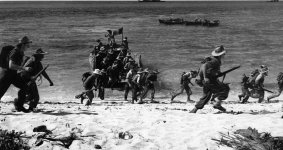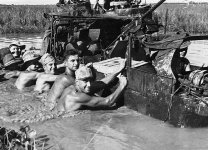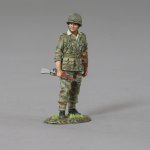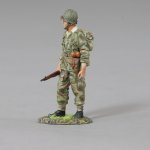Gunn Miniatures
Command Sergeant Major
- Joined
- Jun 18, 2009
- Messages
- 2,853
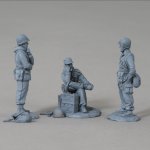
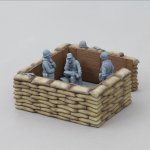
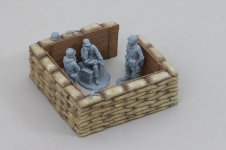
The sandbag emplacement has been designed to go with the Vietnam war Australian machine gunner, but of course it can be used for any number of purposes, like housing Bigeard and his fellow officers as per the photos. As you can see its a fairly large piece and will comfortably house 3 men or a mortar crew.
Th sandbag accessory pack will be available shortly along with INDO 001 FFL Paratrooper.
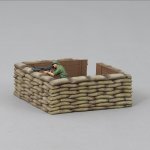
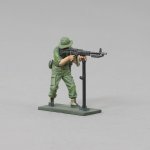
That's it for now, thank you for all your fantastic support so far in 2021, next month should see the release of some top ups for the Boer war series, 2 more figures from the Japanese surrender 1945 plus other goodies.
Its adieu now from the Team @ Gunn


